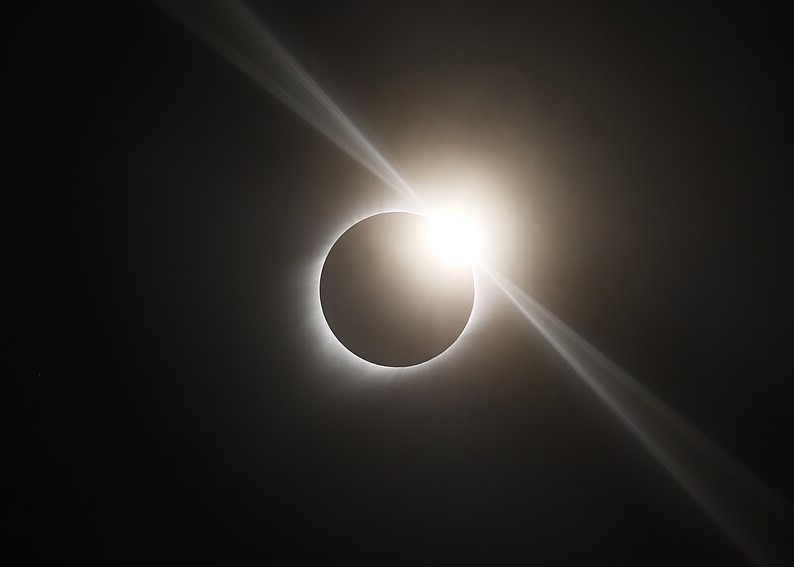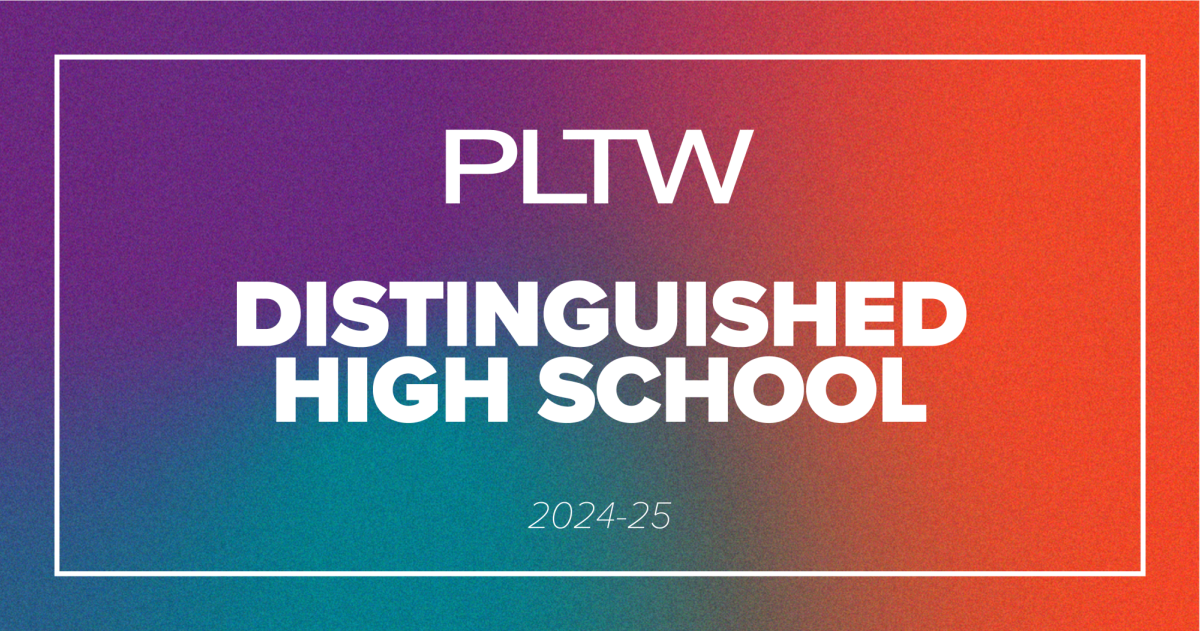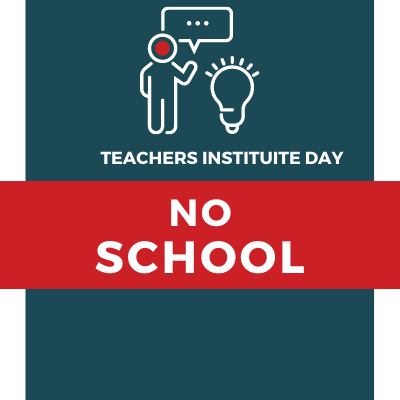The rare eclipse on April 8th is a total solar eclipse, where the sun will be completely blocked. Total eclipses are only visible to a small portion of the world where the moon casts a shadow on the Earth, and the one in April is very close to home. On average, this kind of eclipse happens throughout the world 2-4 times a year, but it only shows up at the same spot every 375 years. According to Prameet Guha, a sophomore and president of the Astronomy Club at Neuqua Valley, it is a rare occurrence because the moon’s orbit is tilted 5 degrees from Earth’s orbit and the moon’s shadow misses the Earth. Prameet is passionate about astronomy and founded the club to encourage others to learn more about the subject.
A solar eclipse is when the Moon passes between Earth and the Sun. It can block out some to all of the light from the solar disc for a specific area. There is a path across the United States where the solar disc will be blocked during this eclipse. The sun can be blocked completely (total solar eclipse) or partially (partial solar eclipse), turning the sky dark. The Naperville area will experience a partial solar eclipse. About 90 percent of the Sun will be blocked by the Moon for a few minutes.
The event will last 4 minutes for the line of totality, which is over a minute longer than the eclipse in 2017. Aaron Haber, one of Neuqua’s science teachers, tells us that this total solar eclipse is the last solar eclipse we will see in North America for the next 20 years.
“The next eclipse in 2044 will cross through Montana, North Dakota, and South Dakota,” he mentions. “We will also have an eclipse in 2045 that will go across the Southern part of the United States from California to Florida.”
The closer a person is to the path of totality, the greater the amount of the solar disc will be blocked. Haber says that to view the eclipse, you need to use a solar filter on a telescope or certified solar glasses.
“If you view the Sun without appropriate protection, you can damage your vision,” he cautions. This means that using a device like a phone to view the eclipse will not only damage the camera but also your eyes. Furthermore, since the sun appears much brighter during an eclipse, you must use special solar glasses to watch this event.
Solar eclipses follow a narrow band called the path of totality. This consists of all locations where the total solar eclipse can be viewed. The path is different every time because of Earth’s tilt and the constantly changing positions of the sun and moon. For the upcoming eclipse, the path will go across North America. There are many cities in Illinois and Indiana from where the total eclipse will be visible. Prameet says that to watch the phenomenon, his family booked a hotel in Indianapolis, IN. He advises that “if you are unable to drive to the path of totality, you can still see a partial solar eclipse from Naperville.”







